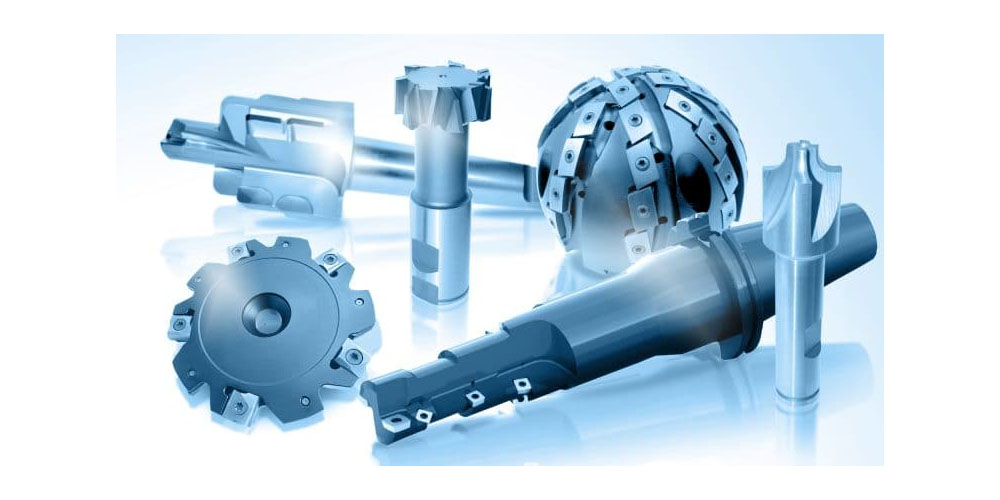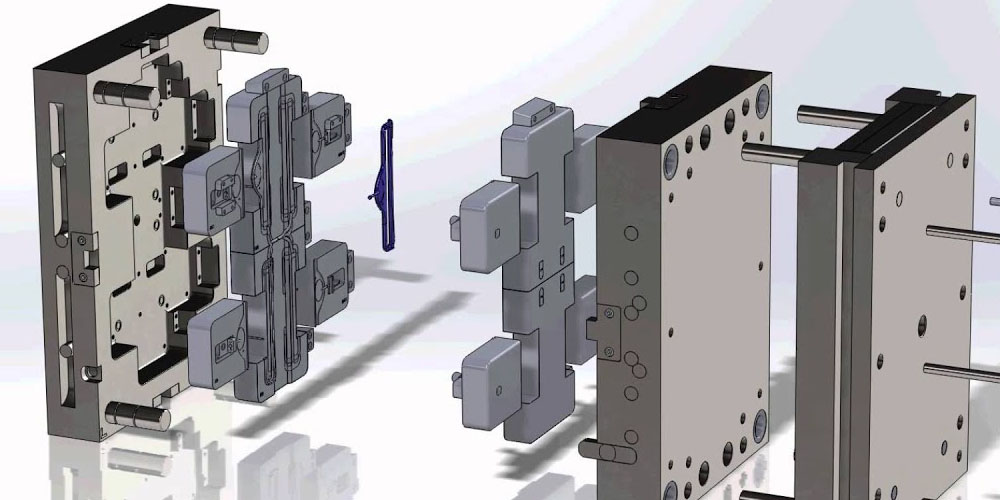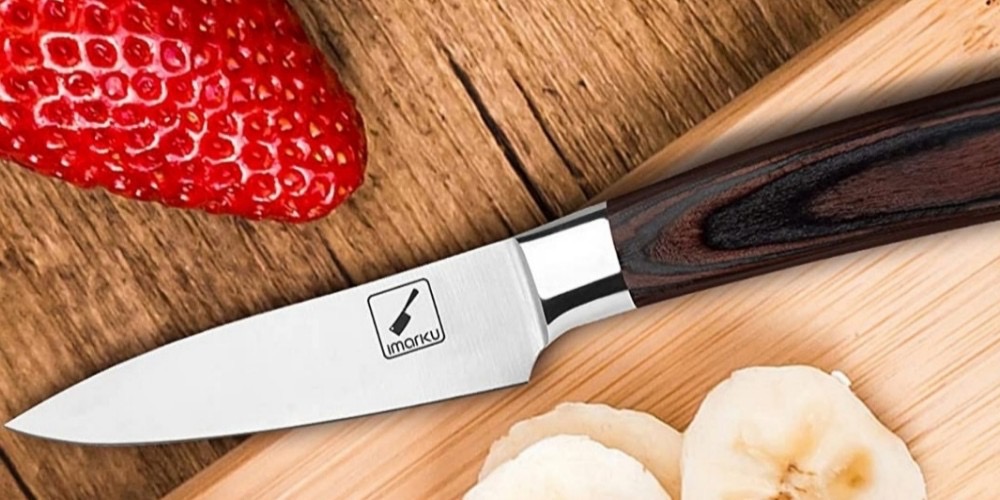Milling processes have been in existence for a long time. As time passed by, so did the improvements in the milling technologies. The most current is the CNC milling that produces milled parts which are highly accurate and efficient. Additionally, CNC milling requires the use of various tools to make the milling process successful. Here are the top ten types of CNC milling tools.
Top 10 types of CNC milling tools
1. Face mills
Face mills are used for creating a flat region on a material. The face mills ensure that the block of a workpiece is flattened before beginning other milling processes. It consists of multiple cutters in one body. The critical point to note is that the multiple cutters can be changed when required. The higher the number of cutters used, the faster the material will be removed.
2. Slab mills
Slab mills are also known as surface mills, slab mills, or plain mills. It consists of high-speed steel, which is commonly utilized in gang milling procedures. The slab mills are also used for machining surfaces that have a broad and large shape. It uses the cutter’s teeth on a cylindrical surface for machining.
3. End mills
The end mill’s bottom is usually flat. The mill consists of radiused and round cutters to assist with the cutting processes. The key point to note is that the end mills cut axially. The cut produced is almost similar to the one achieved through drills. The only difference is the lateral cutting found in end mills.
4. Fly cutters
Fly cutters help in achieving excellent surface finishes. The tool functions by cutting a material’s surface in a clockwise direction, thus, produce an extra clean shine.
5. Roughing end mills
Roughing end mills are commonly used when one needs to remove a huge chunk of a workpiece’s material. The roughing end mills are commonly used for industrial purposes.
6. Ball cutters
Ball cutters can also be referred to as ball mills. They consist of a hemispherical cutting tip whose main aim is maintaining a corner radius. The corner radius is commonly used for perpendicular faces. Thus, the ball cutters are pretty crucial.
7. Twist drills
Twist drills consist of drill bits. The drill bits contain a conical cutting shape. It also has a shaft that consists of more than one or one flute. The drill bits are usually made of solid carbide or high-speed steel.
8. Hollow mills
The hollow mills resemble a thick wall pipe. It has cutting teeth inside the surface. The primary function of the hollow mill is in the screw devices.
9. Involute gear cutter
The involute gear cutter is a special milling tool. It is used explicitly for involute gears. It consists of several numbers of cutters present to create gears with different teeth numbers.
10. Thread mills
The thread mills are commonly used in several industries. It moves helically on a workpiece, thus, removing materials.
Conclusion
As you can see from above, there are different CNC milling tools. The different milling tools perform various functions. Additionally, different tools are used for achieving different shapes. Thus, if you wish to get a specific milled part shape, it is essential to use the right tool.



